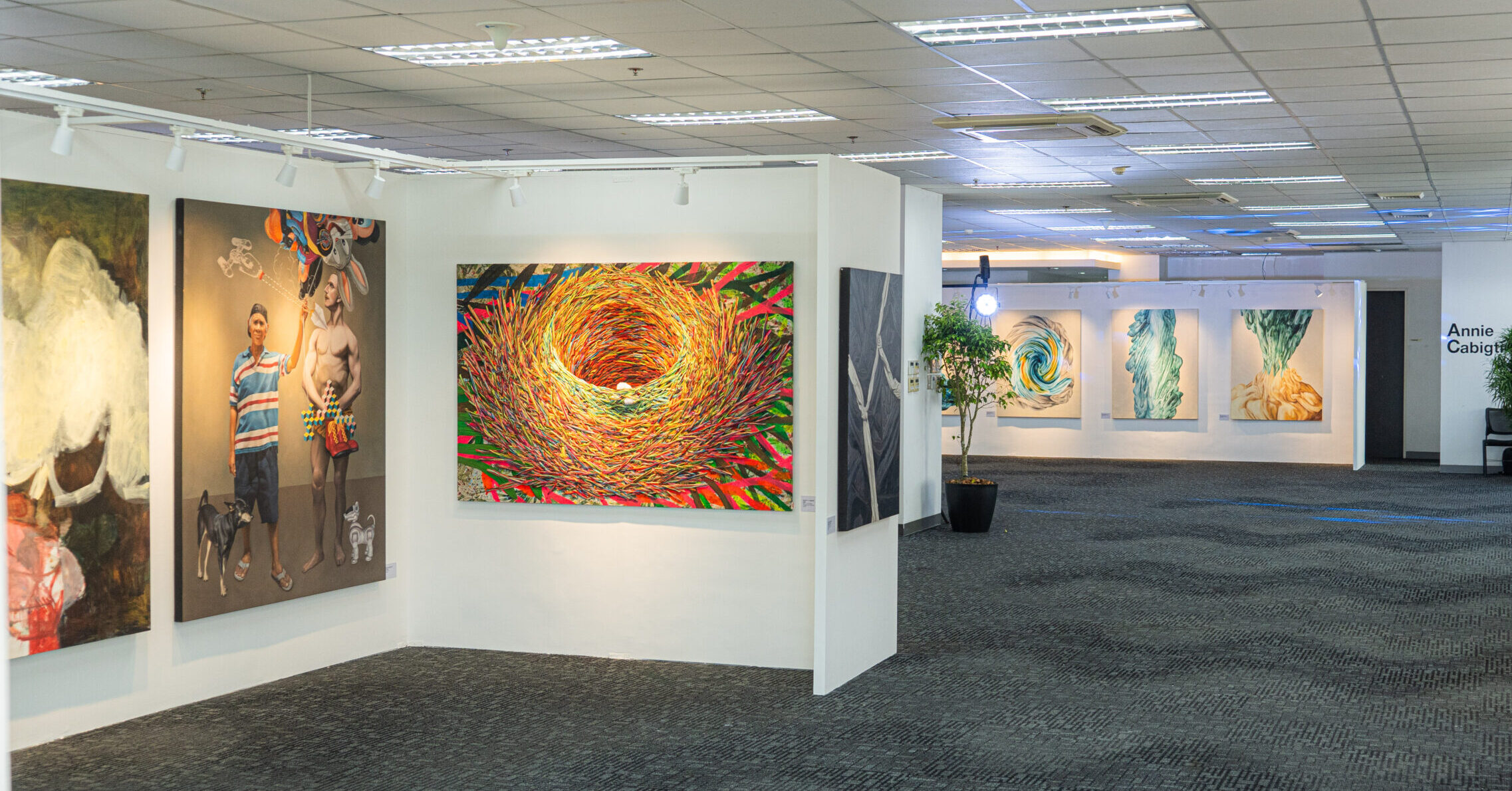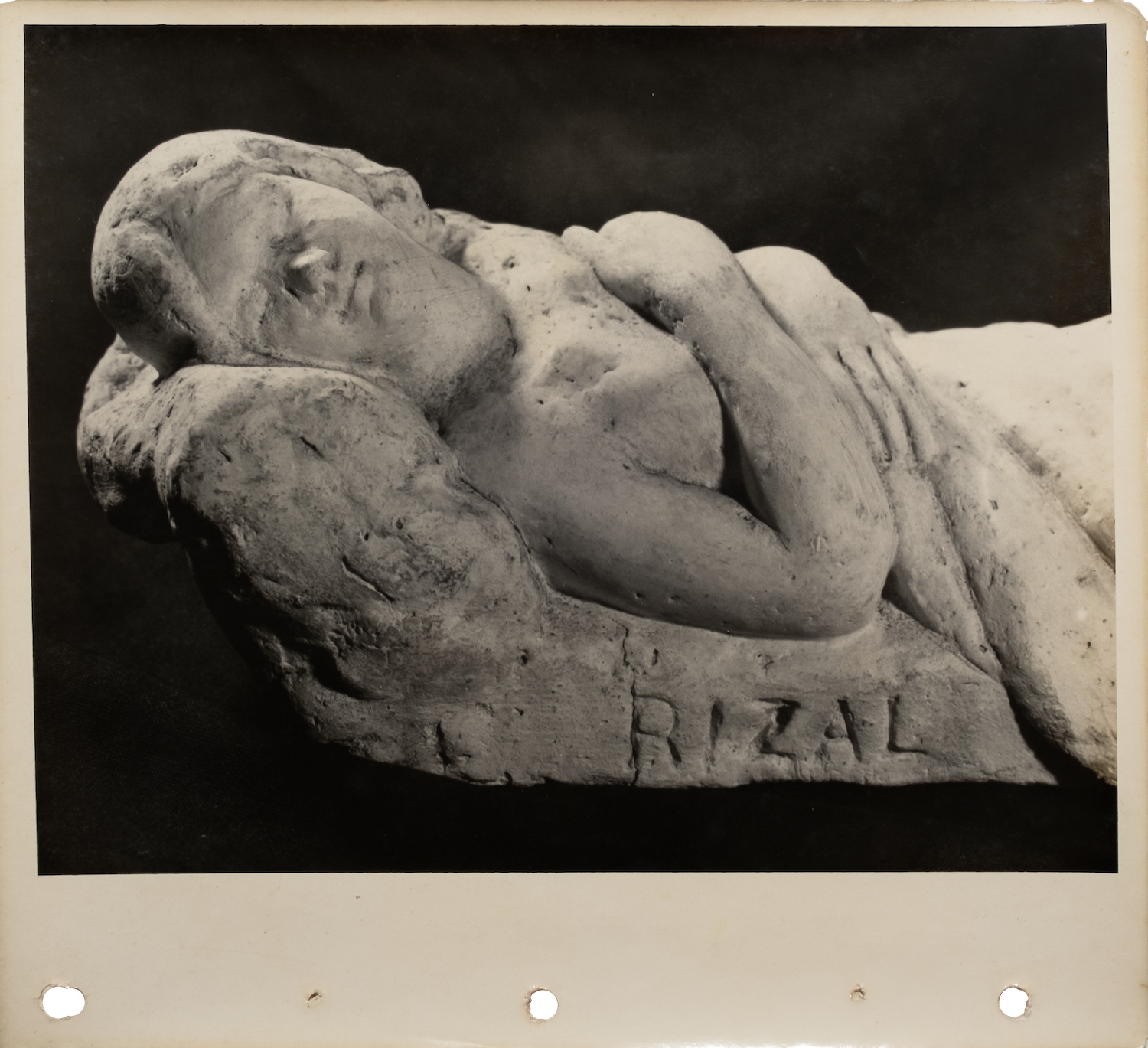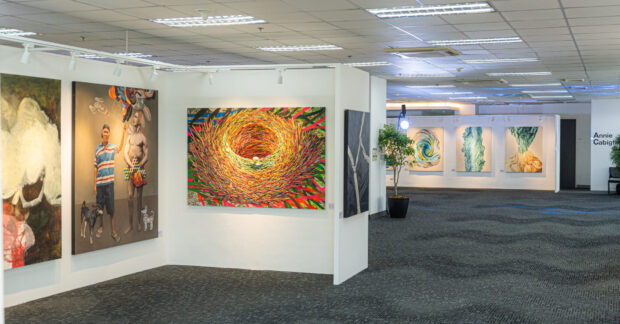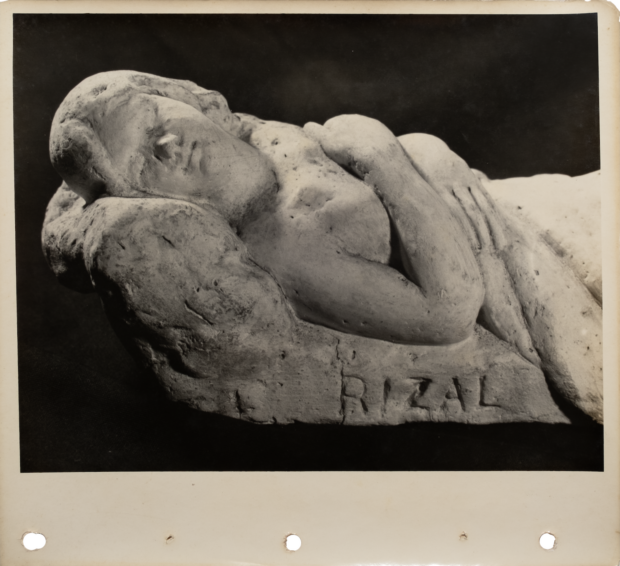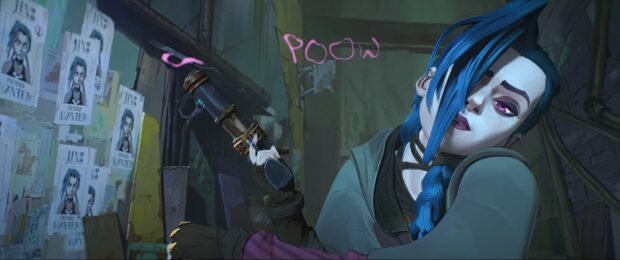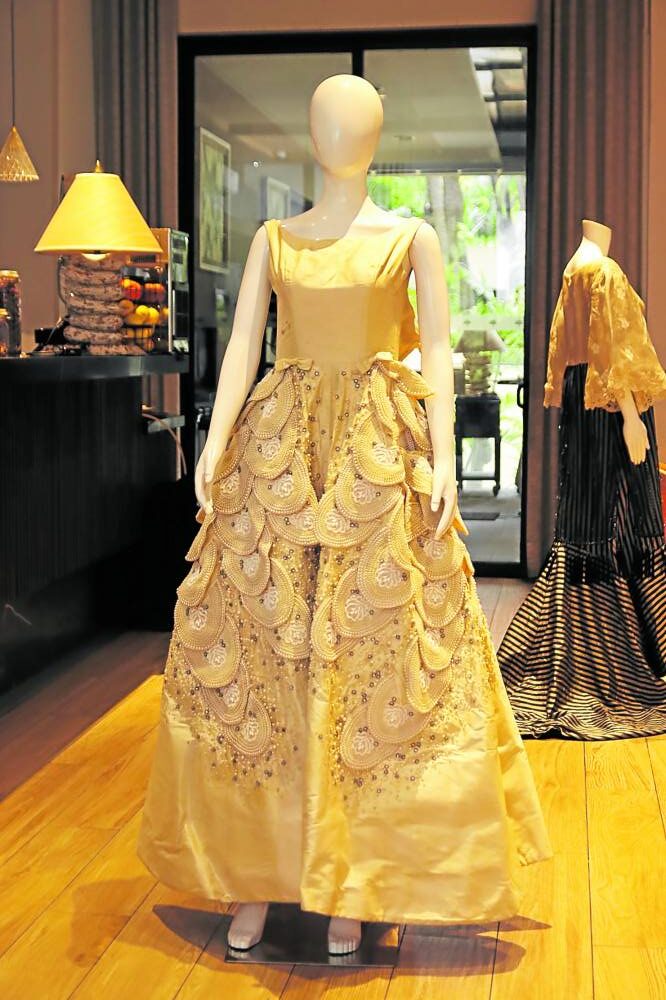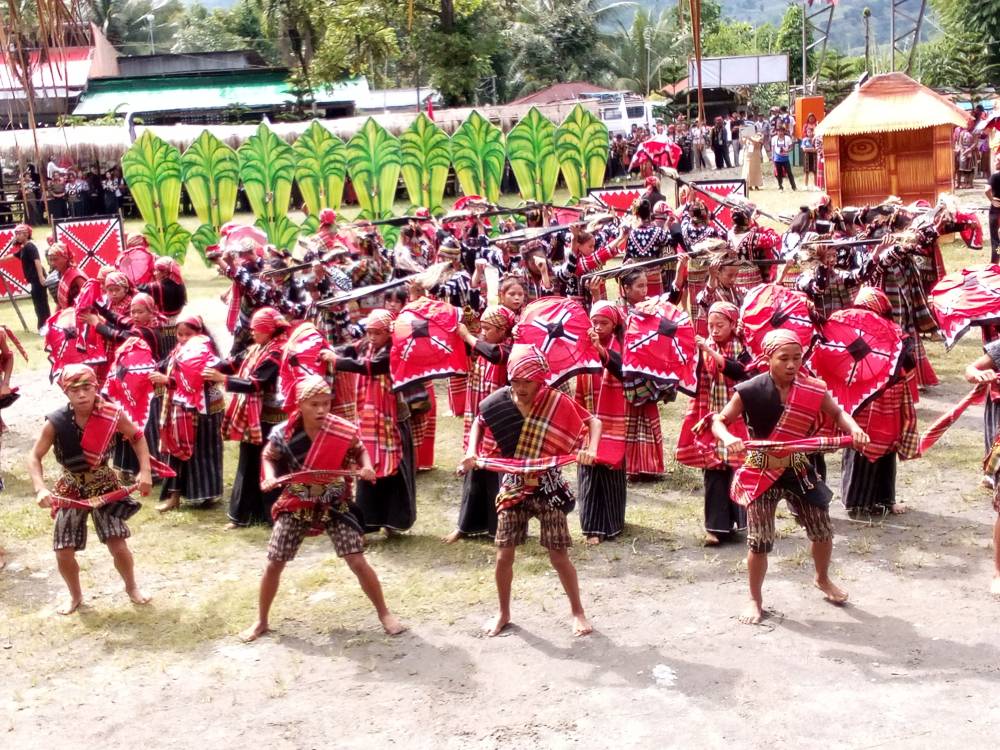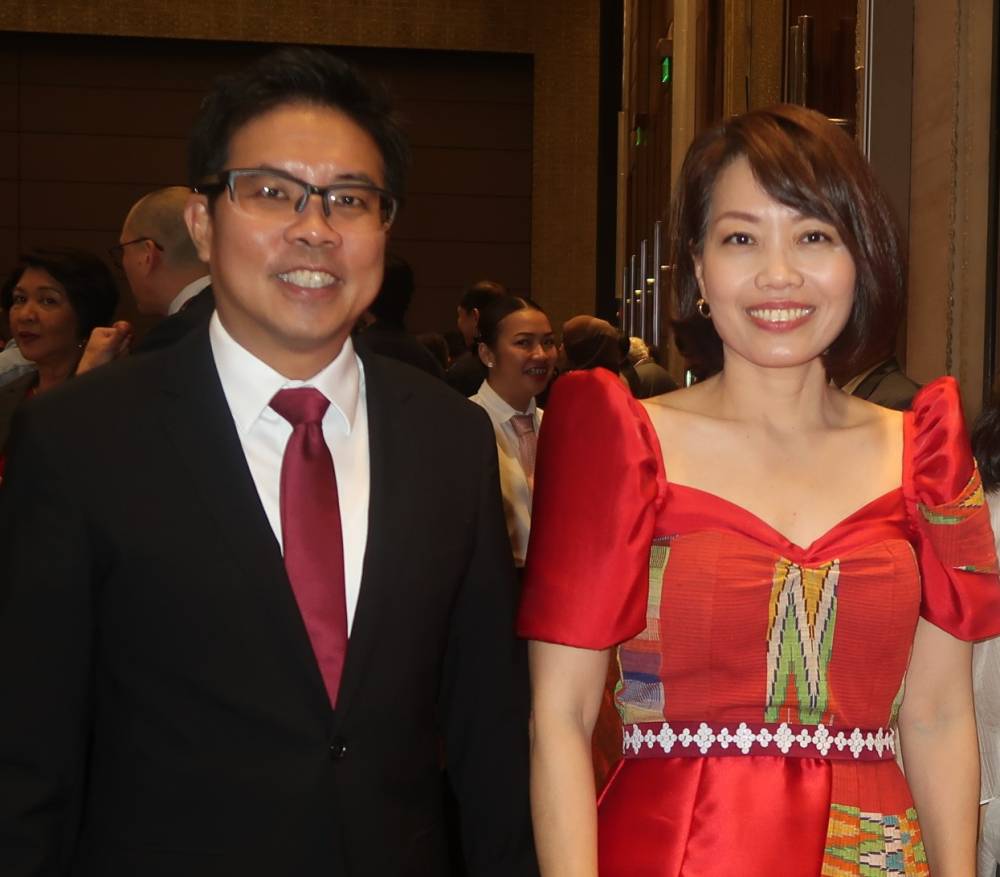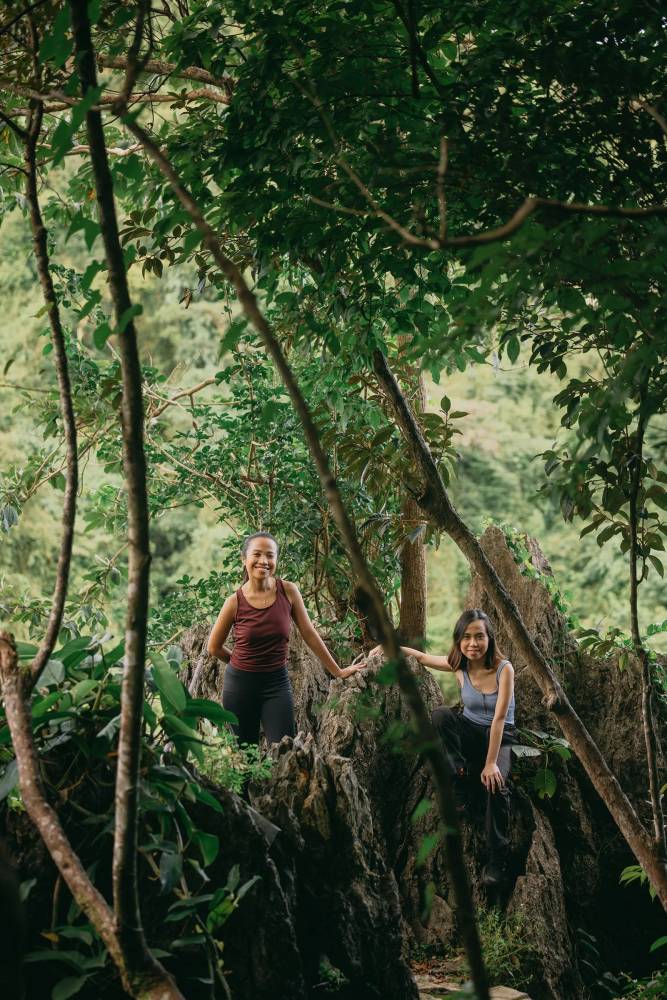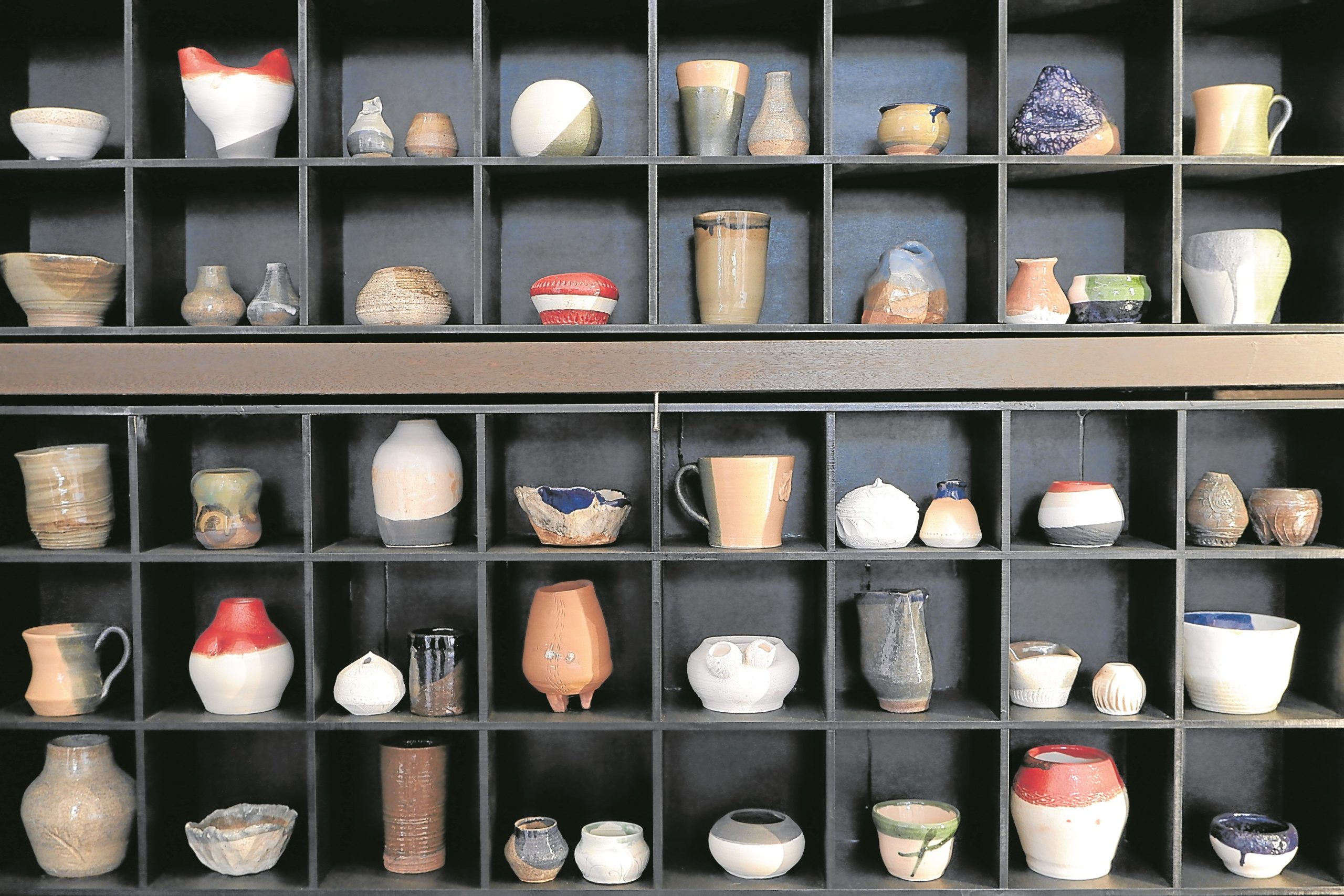
DUMAGUETE—Not too long ago, an exhibit that attempted to be a survey of the Dumaguete visual arts scene made its way to Manila, and was bannered under a title that is, in essence, a pejorative.
“Promdi” is a word that recalls notions of “backwardness,” the whiff of the provincial. It is part of the linguistic arsenal of people from the capital to distinguish their cosmopolitan selves from the rest of the country. No one from the regions uses this word for self-definition, unironically. It’s our own N-word.
I found the choice of that title curious. Was it meant to be an ironic counterpoint? Because so many visual artists from Dumaguete have achieved world-class consideration of their works—Paul Pfeiffer, Kris Ardeña, Cristina Taniguchi, Mark Valenzuela, Maria Taniguchi, Hersley-Ven Casero—some of whom were indeed represented in that exhibit.
Whatever its intentions, the title revealed its problematic framework: that of the outsider curating the local, pronouncing what’s art and not, and giving them a label with a long but unexplored history of privilege and bigotry.
Owning local artistry
Here comes a group exhibit that feels like an antithesis to that. Its title alone—“Atoa”—is Binisaya for “ours,” a word that signals ownership of place, of self, of artistic expression.
Which is exactly how Casero, who curated the show, wanted it to evince. He wanted a showcase of local artists whose works indelibly say “Ako ni” [or “This is me”], and together becoming a chorus of “Atoa ni.” He wanted a show that would become a reflection of what’s brewing among Dumaguete artists, providing a snapshot of the “now,” regardless of style, theme, material, or execution.
Most of all, he wanted a show that would unite these artists in the midst of the pandemic, making of them a chorus of sorts in defiance of all that afflicts us. Part of the sweet appeal of the exhibit is finding out that many of the pieces are their specific responses to the pandemic.
Sometimes it is stark and clear, like in Hemrod Duran’s terra-cotta representation of the coronavirus, aptly titled “Pandemia 2020”—a solid, visible reckoning of the unseen we fear.
Sometimes, it is subsumed in images that evoke a kind of longing for touch, like in Iris Tirambulo’s miniature work in oil and acrylic, “Lugar Lang Nong.”
Sometimes, it is fleshed out in a slap of metaphor for our days in tribulation, like in Chris Lavina’s “time-sa,” an assemblage in steel, glass and acrylic that terrifies and fascinates in its industrial abstraction—a steel hexagon casing that encloses a cryptic red button. You will want to push it. And if you would, will apocalypse come?
Sometimes, it is evident in the pursuit of artistic process in the name of banishing lockdown demons, like Jana Jumalon Alano’s “The Myth of Midlife,” a series of works in glazed clay that charms in their variations of shape, color and function—part of Alano’s effort to master pottery in the doldrums of 2020, a clean break from her traditional oil paintings.

Art in dialogue
The collective of 36 Dumaguete artists has given us an exhibit that varies in style and media—but for some reason, taken as a whole, they come together in a surprisingly cohesive way, the pieces often in dialogue with each other, if you’re careful enough to observe.
Dan Dvran’s sartorial sculpture, “Sisa,” an ensemble in fabric befitting his renown as one of Negros Oriental’s brightest fashion designers and visual artists, blends well with Skye Benito’s hyperrealistic portraits in oil in circular canvas.
Benito’s hyperrealism is complemented by the same kind of stylistic flourish in the works of Ramsid Labe, which have evolved into evocative captures of rural lives, as in his old woman tending firewood for cooking in “Nangantuhoy’ng Kaanyag.” It’s overtly representational work that’s unsentimental in its rendering.
The rest demands time for contemplation. I like Dyna Fe Quilnet’s sly and sinewy but graceful “Untitled 4” in terra cotta and acrylic, a sitting sculpture of a womanly critter with a detachable head. I like Jessica Lupisan’s affecting “OBT [One Big Tuyok]” with its quintessential Dumaguete scene of tartanilla in Rizal Boulevard traffic, done in block, vibrant primary colors—in my opinion her best work so far as I’ve known her art. I like the whirling surreal world in ink of Cil Flores’ “A Glimpse Into the Future.”
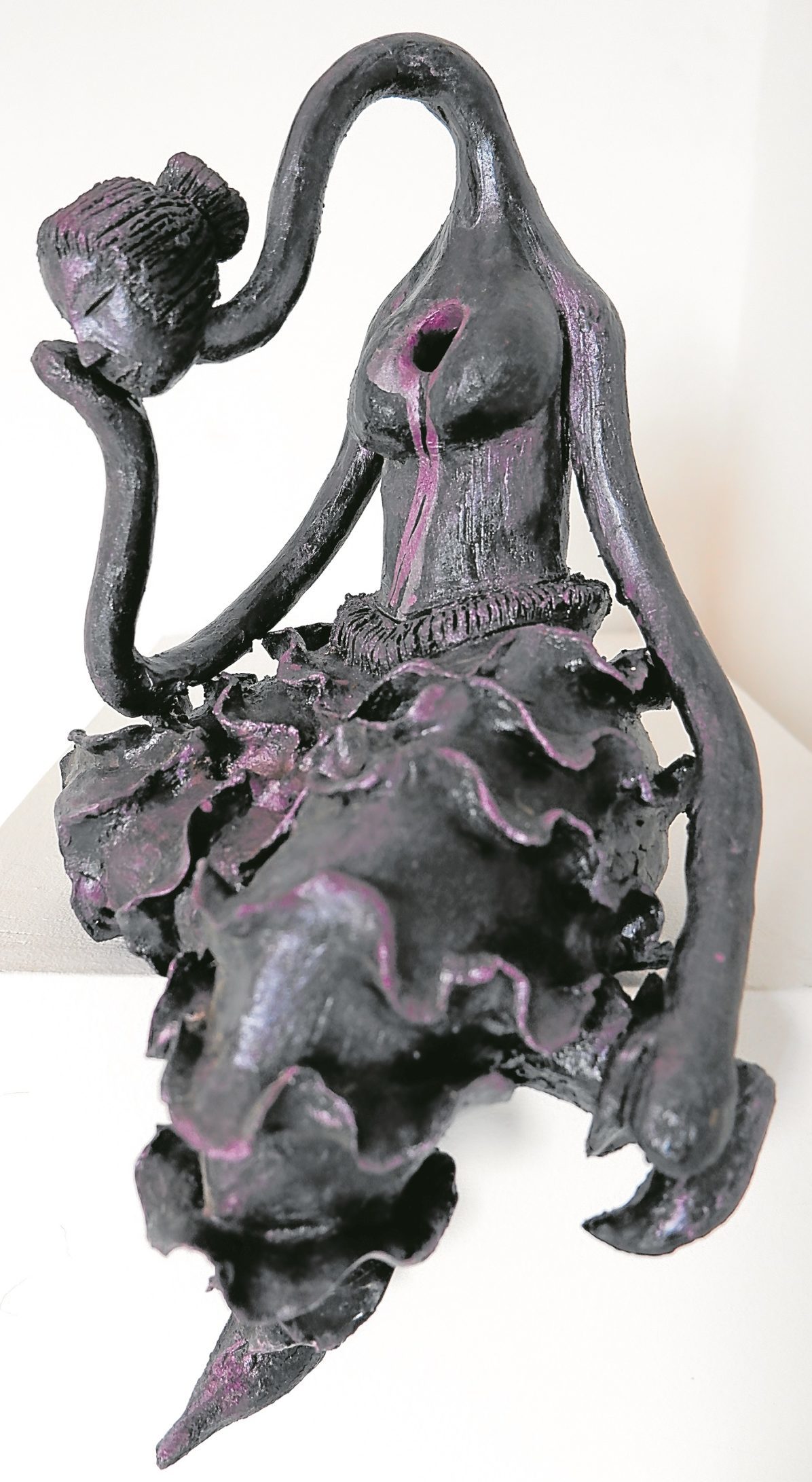
Surprising trajectories
What I like the most are the surprises—when the artists you thought you knew give you works that defy what came before, at least stylistically speaking.
What has come over Paul Benzi Florendo, for example—now fashioning himself anew as BenFlo—that he has eschewed oil on canvas, and has gone to video and digital painting? New fatherhood, probably, and also becoming a prolific filmmaker—which have probably awakened the experimental in him.
In “Happy New Year,” he gives us a commentary of fretful parenting in the shadow of the coronavirus.
Then there’s the surprise of Casero himself who’s dipping a little bit into the conceptual with “Tulo Dos.” Here, he gives us oversized “portraits” of old, out-of-circulation two-peso coins [the ones with the 10 sides] and puts them over a jar and racks of assorted candies—from which the viewer is encouraged to pilfer. [I took a White Rabbit.] He has never gone this route before, and I’m delighted at the change of approach.
Altogether, they show a collective “atoa,” and with that, a sense of community pride. They herald an excitement for what’s brewing in the local art world. They signify cultural light in our current darkness—Dumaguete still at it for Kisaw, its local celebration of National Arts Month for February.
They defy hoary, outside formulations—showing us that Dumaguete artists are at once gloriously local but also very much at home in the world. And definitely not “promdi.”
—CONTRIBUTED
“Atoa” runs until March 6 at Dakong Balay Gallery, Rizal Avenue, Dumaguete City, Negros Oriental.

